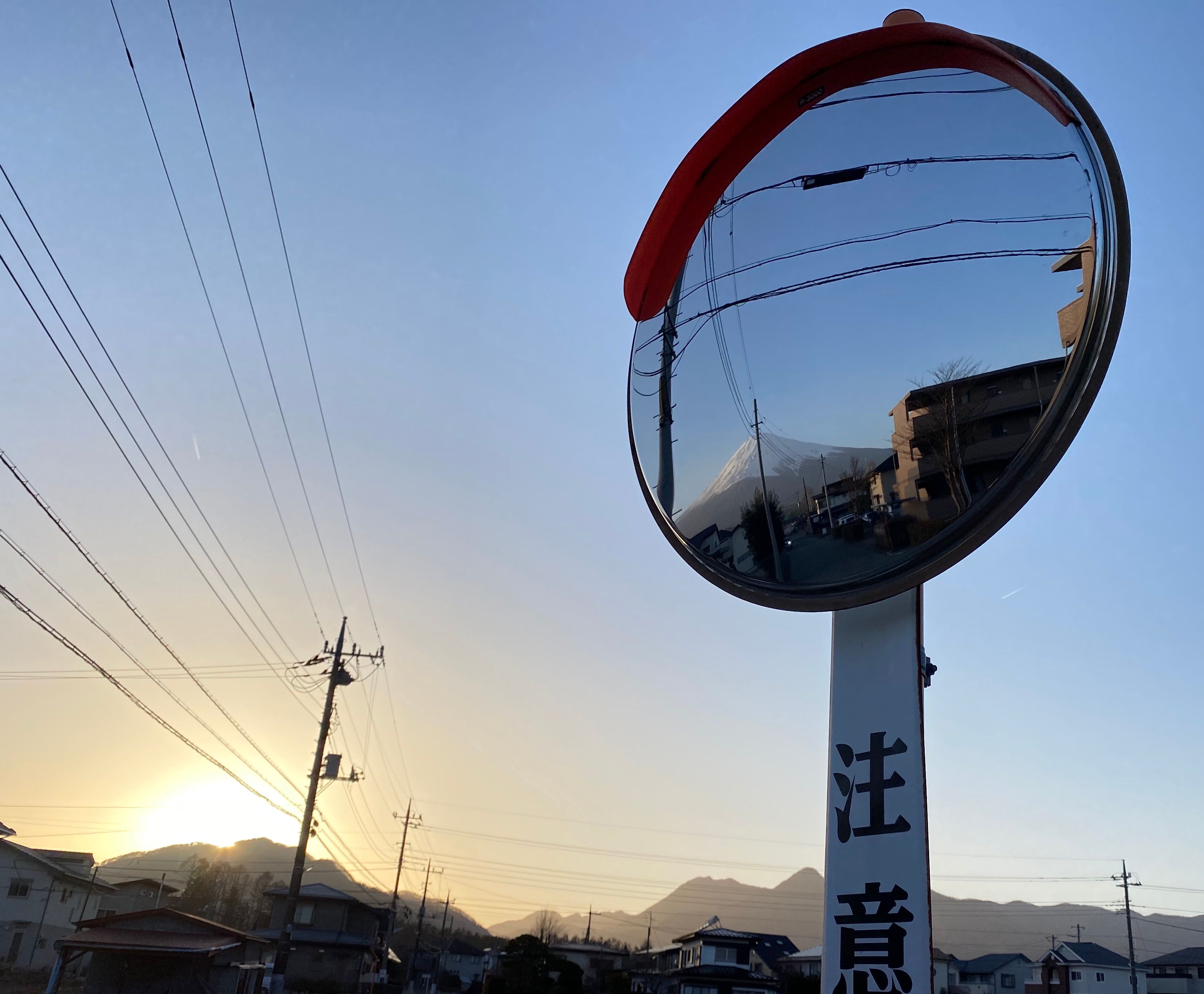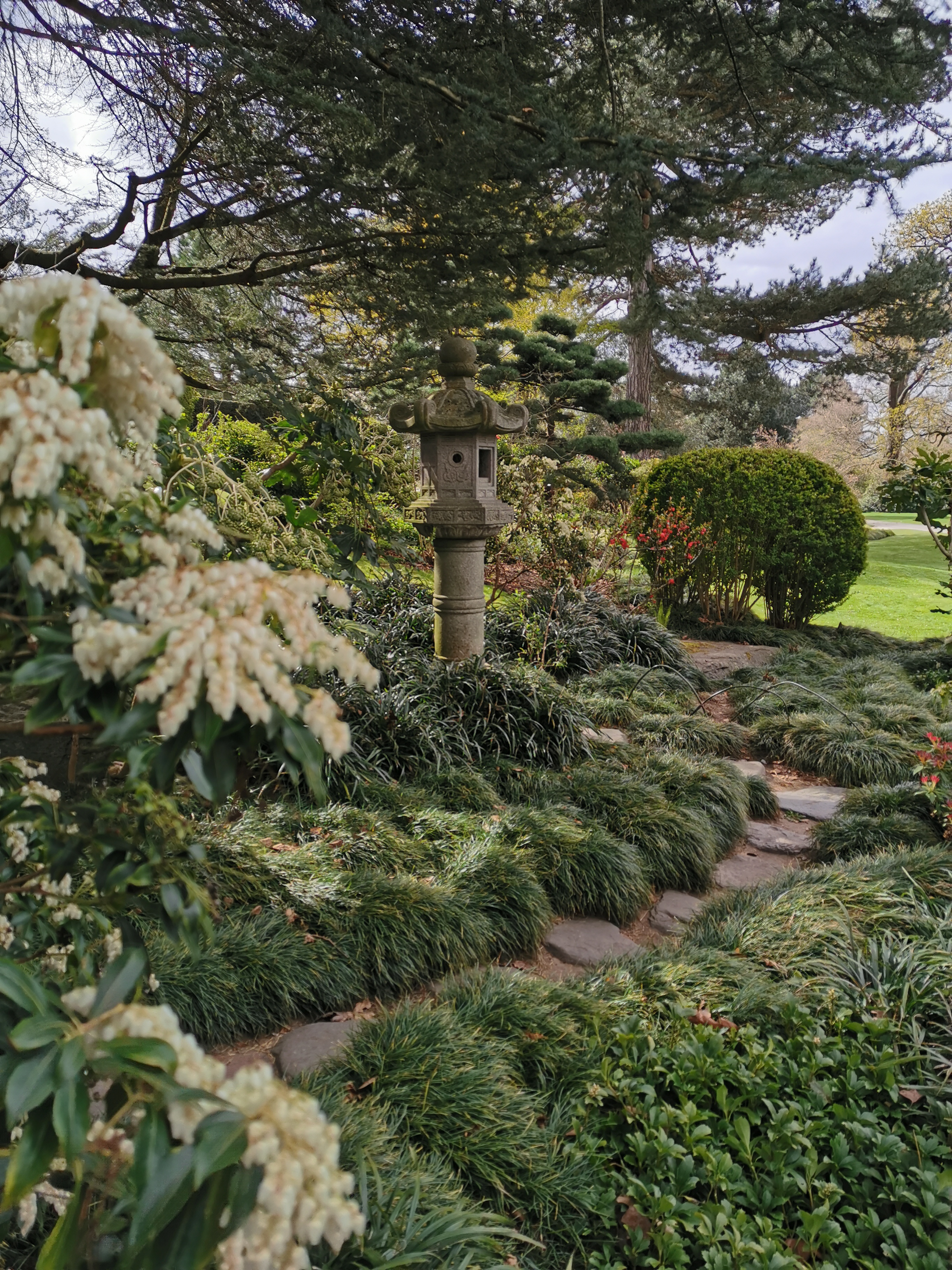
Local communities across Japan are celebrating after 33 Japanese float festivals were added to UNESCO’s list of Intangible Cultural Heritage earlier this week.
The 33 float festivals were officially approved to be added to UNESCO’s Representative List of the Intangible Cultural Heritage of Humanity after an examination of new nominations for inscription at the 11th session of its Intergovernmental Committee held in Ethiopia on November 30, 2017.
The festivals hail from 18 prefectures all over Japan, from as far north as Aomori and as far south as Oita, and all of them feature one or more of the elements of ‘yama’ (mountain), ‘hoko’ (spear) and ‘yatai’ (float parades). They have been registered as a single entry under ‘Yama, Hoko, Yatai, float festivals in Japan’.
Among the newly listed festivals are sections of several well-known large-scale festivals such as the Yamahoko parade section of the Gion Festival in Kyoto, the Hikiyama parade section of the Karatsu Kunchi Festival in Saga prefecture, and the exhilarating Oiyama race section of the Hakata Gion Yamakasa Festival.
Full List of the 33 Float Festivals Inscribed (listed north to south):
The Grand Hachinohe Sansha Festival (Hachinohe City, Aomori)
The Float Festival of Kakunodate (Senboku City)
The Tsuchizaki Shimmei Shrine Festival (Akita City)
The Hanawa Festival (Kazuno City, Akita)
The Shinjo Festival (Shinjo City, Yamagata)
Hitachi Furyumono (Hitachi City, Ibaraki)
Karasuyama Yamaage (Nasu Karasuyama City)
The Kanuma Imamiya Shrine Festival (Kanuma City, Tochigi)
The Chichibu Festival (Chichibu City)
The Kawagoe Hikawa Festival (Kawagoe City, Saitama)
The Sawara Float Festival (Katori City, Chiba)
The Takaoka Mikurumayama Festival (Takaoka City)
The Tatemon Festival of Uozu (Uozu City)
The Johana Hikiyama Festival (Nanto City, Toyama)
The Seihaku Festival (Nanao City, Ishikawa)
The Takayama Festival (Takayama City)
The Furukawa Festival (Hida City)
The Ogaki Festival (Ogaki City, Gifu)
The Owari Tsushima Tennoh Festival (Tsushima City, Aisai City)
The Chiryu Festival (Chiryu City)
The Inuyama Festival (Inuyama City)
The Kamezaki Shiohi Festival (Handa City)
The Sunari Festival (Kanie Town, Aichi)
The Kujirabune Festival of the Toride Shrine (Yokkaichi City)
The Ueno Tenjin Festival (Iga City)
The Kuwana Ishidori Festival (Kuwana City, Mie)
The Nagahama Hikiyama Festival (Nagahama City, Shiga)
Yamahoko, the float ceremony of the Kyoto Gion Festival (Kyoto City)
The Hakata Gion Yamakasa Festival (Hakata-ku, Fukuoka City)
The Tobata Gion Festival (Tobata-ku, Kitakyushu City, Fukuoka)
Karatsu Kunchi (Karatsu City, Saga)
The Yatsushiro Myoken Festival (Yatsushiro City, Kumamoto)
The Hita Gion Festival (Hita City, Oita)
Their inscription will bring to 21 the total number of Japanese assets on the list, which also includes washi (craftsmanship of traditional Japanese handmade paper), washoku (traditional dietary cultures of the Japanese), and kabuki, Noh and bunraku puppet theatre styles.
The announcement has brought great joy to many communities throughout Japan, who celebrated early on December 1, 2016, after the announcement was made. In Takayama City, which holds the Takayama Festival, in which a parade of cleverly-crafted, flamboyant festival floats are a major attraction, commemorative flags were displayed in local shopping streets and 45,000 copies of a special edition of the city’s newsletter were distributed to residents and tourists.In many cities, celebratory ceremonies were held. In Iga City, Mie prefecture, which holds the Ueno Tenjin Festival, an autumn festival in which nine elaborate floats called ‘danjiri’ adorn the city’s streets, a ceremony was held at the city hall to the sound of the beat of celebratory taiko drumming. And at a ceremony at a shrine in Hakata District, Fukuoka City, which hosts the Hakata Gion Yamakasa Festival, local residents and people connected with the festival sang a local Hakata celebratory song which is performed every year at the festival.
In Tsushima City, Aichi prefecture, home of the Owari Tsushima Tennoh Festival, which is 600 years old and whose highlight is the procession of beautifully decorated buoyant floats sailing gracefully down the river, the Mayor himself joined in handing out flyers announcing the festival’s inscription outside the city train station.
It is hoped that the festivals’ inclusion on the UNESCO list will now bring increased international recognition and appreciation to this unique Japanese form of celebration and lead to its preservation for future generations and visitors to Japan to enjoy.
Read more about the UNESCO inscription here.Watch a video showing some examples of the festivals here.
See Japan Guide for a handy guide to many of the major festivals in Japan here.

















































